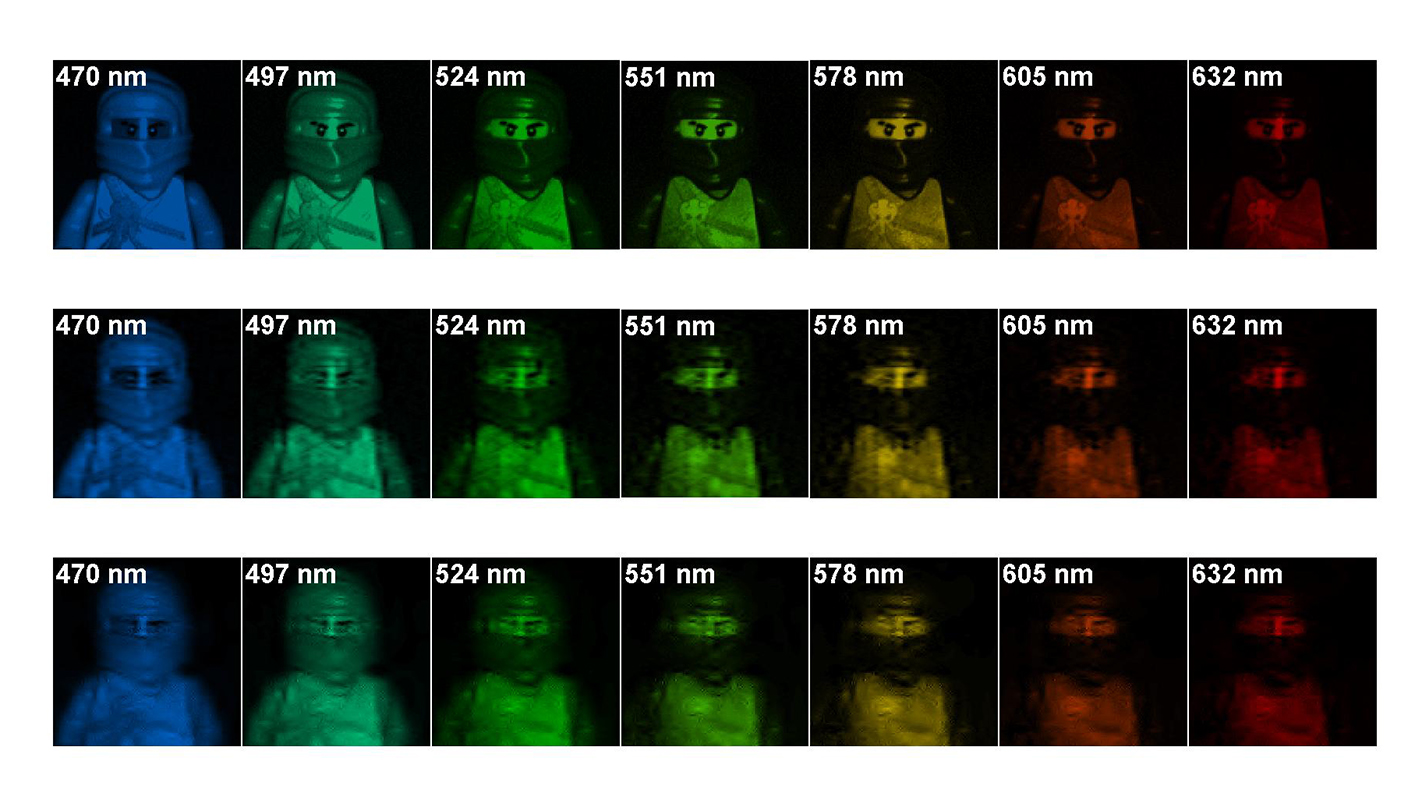electrical and computer engineering
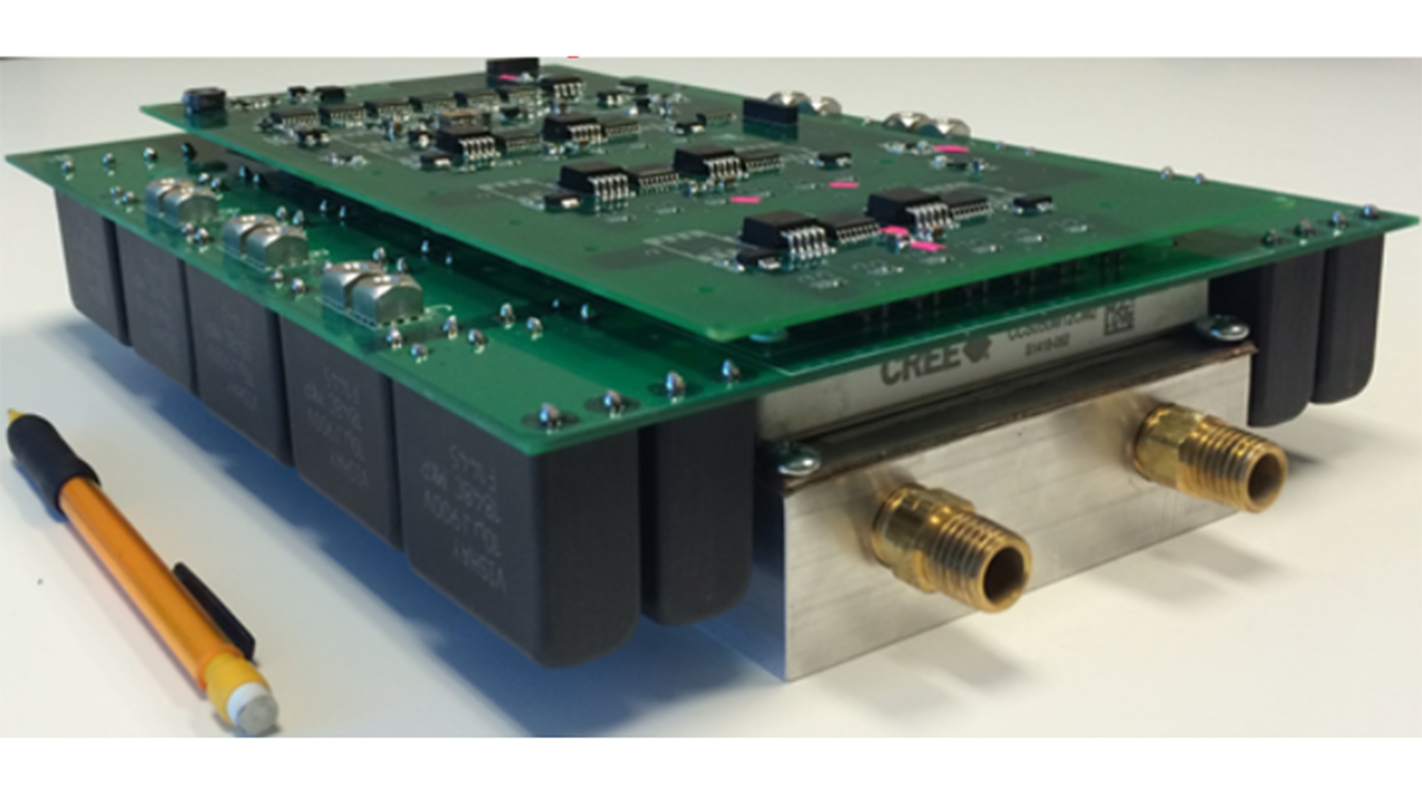
New Tech Promises to Boost Electric Vehicle Efficiency, Range

Lightweight, Wearable Tech Efficiently Converts Body Heat to Electricity
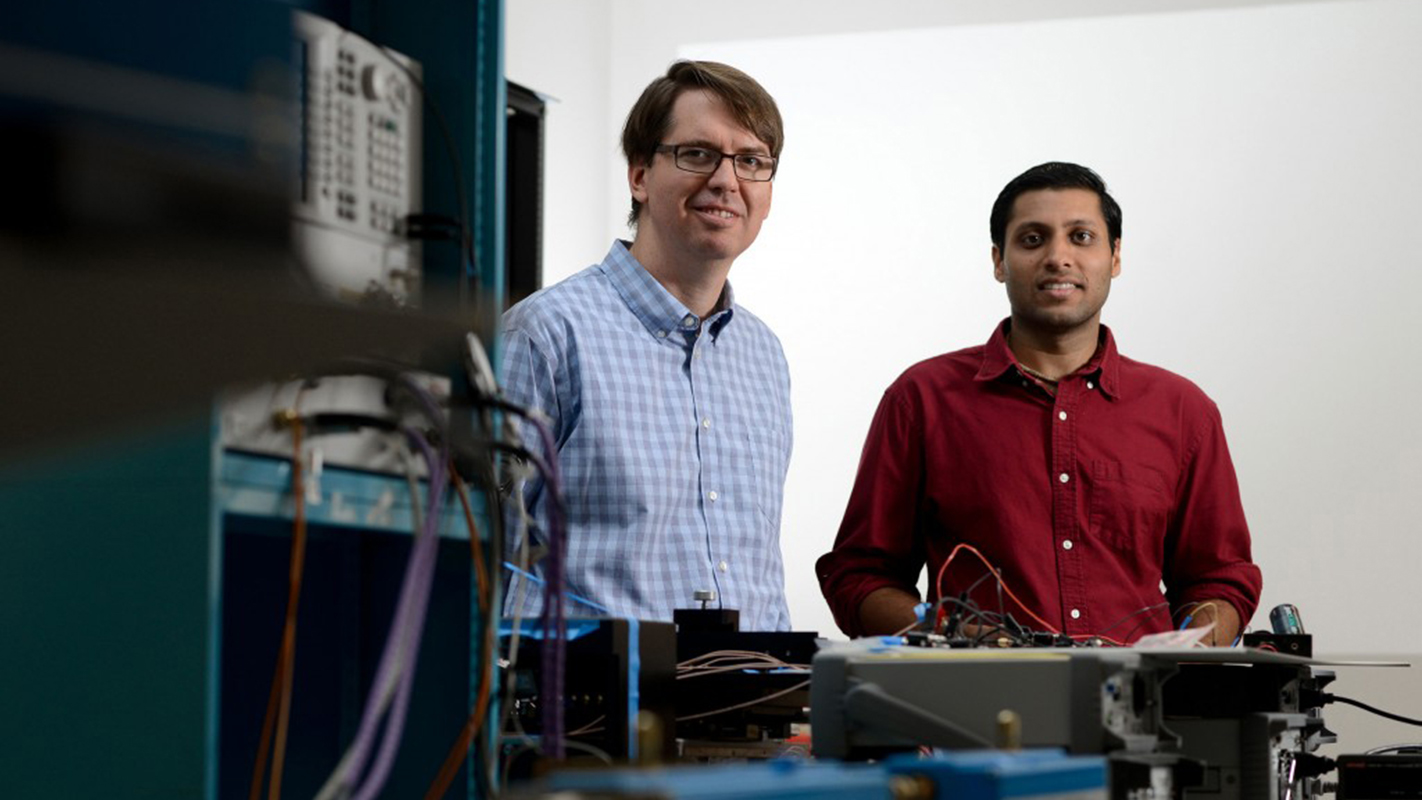
Simulation Highlights Potential For Low-Cost Security Imaging Device
Researchers Use Hardware to Accelerate Core-to-Core On-Chip Communication
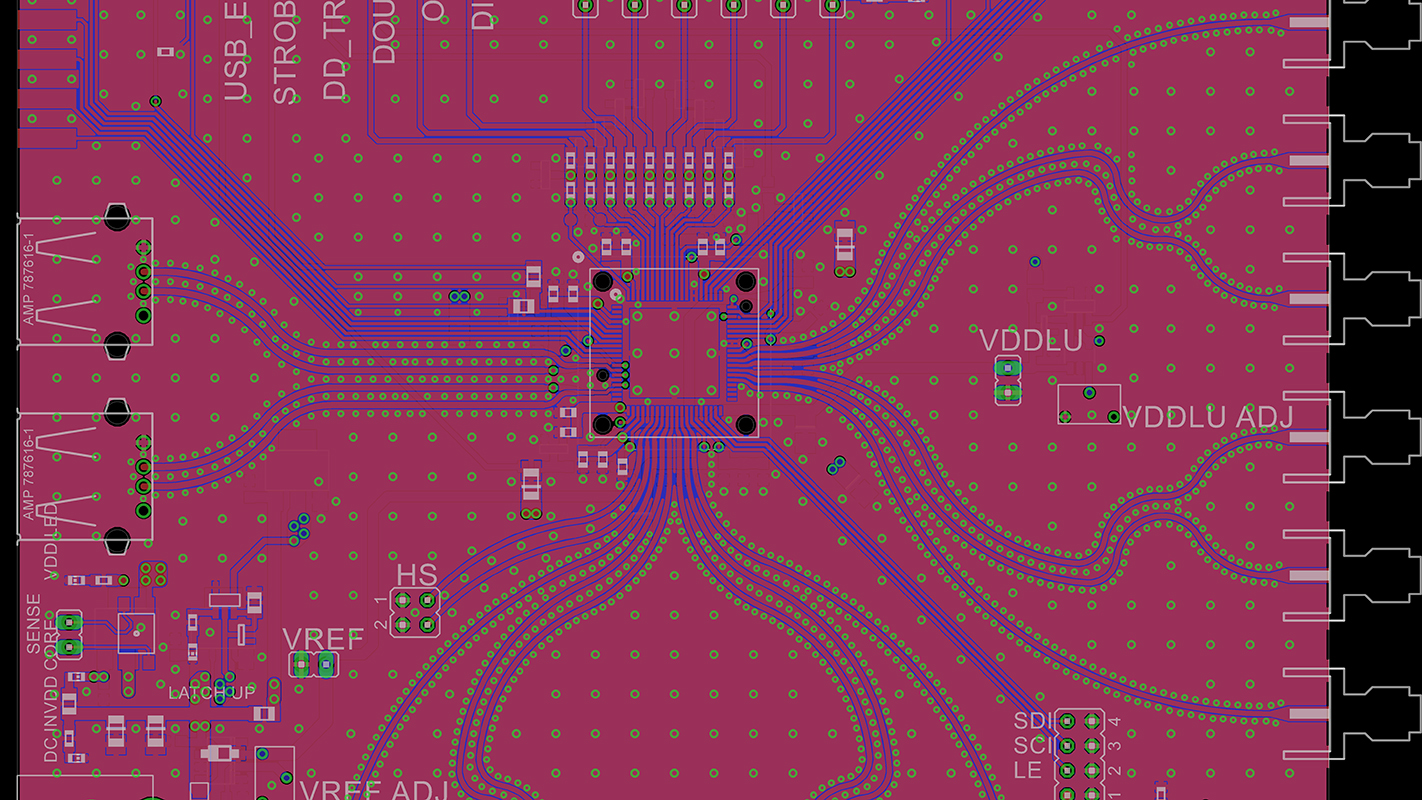
NC State to Form NSF-Funded Center for Advanced Electronics Through Machine Learning With UIUC and Georgia Tech
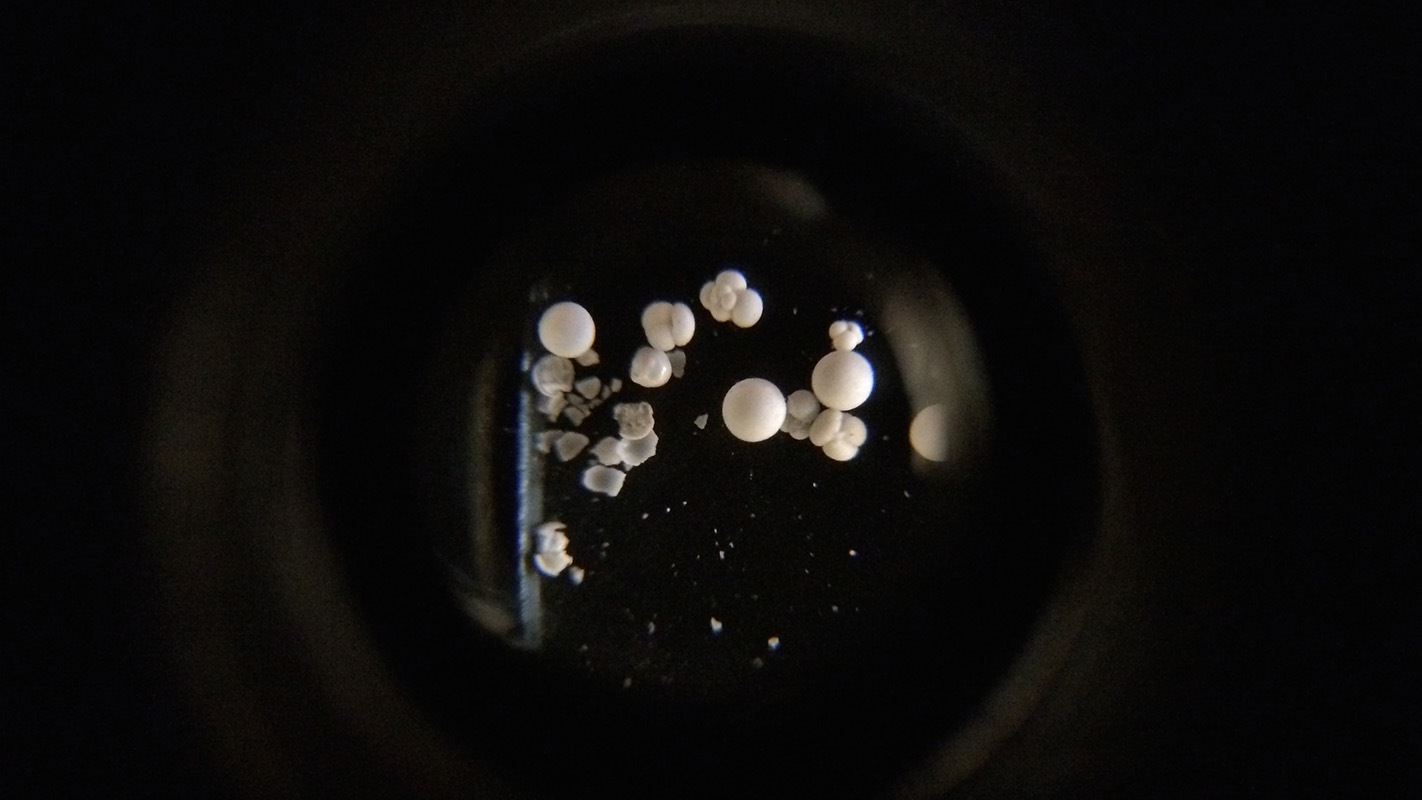
How Teaching Robots to Identify Microscopic Fossils Could Help Us Understand Oceans
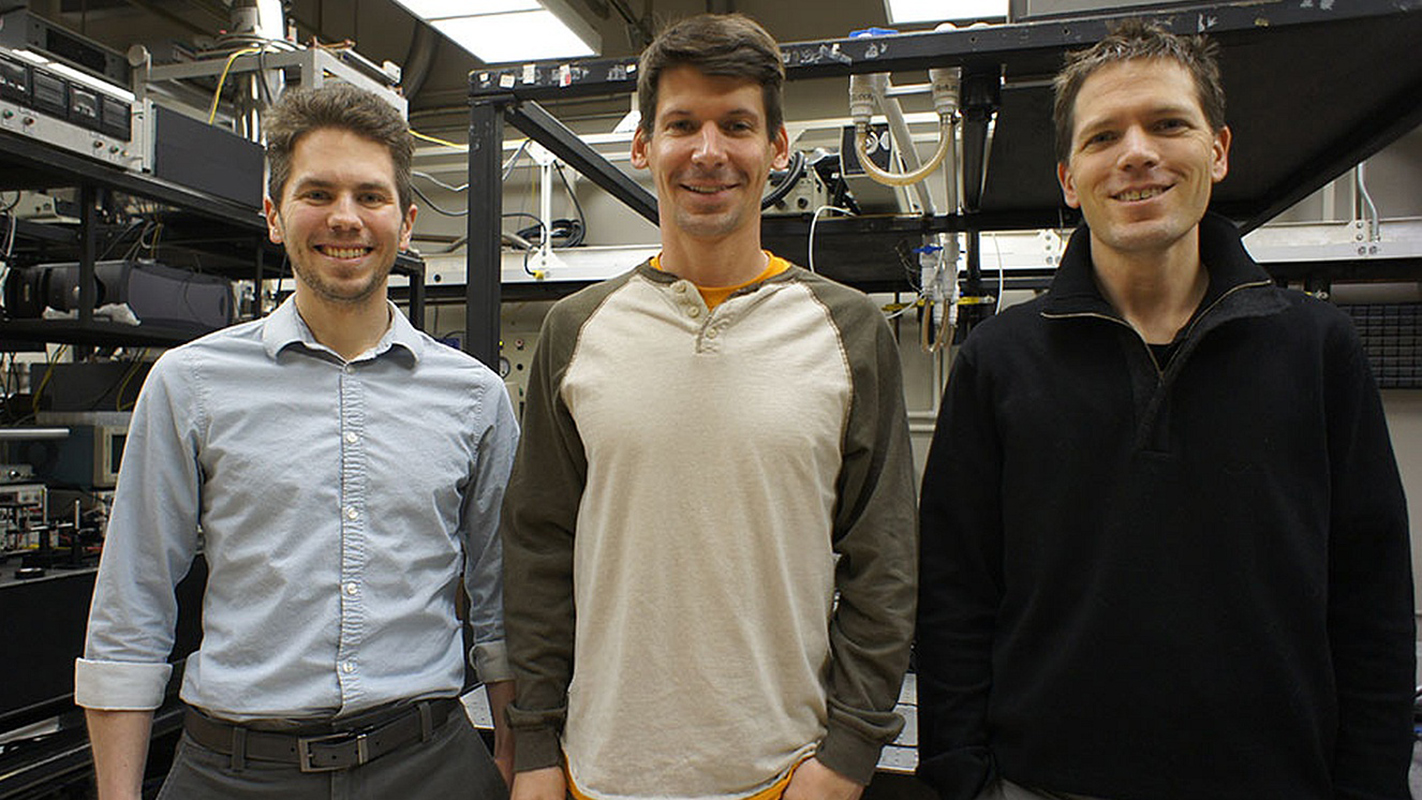
Researchers Devise Tool to Improve Imaging of Neuronal Activity in the Brain
Researchers Devise New Tool to Measure Polarization of Light
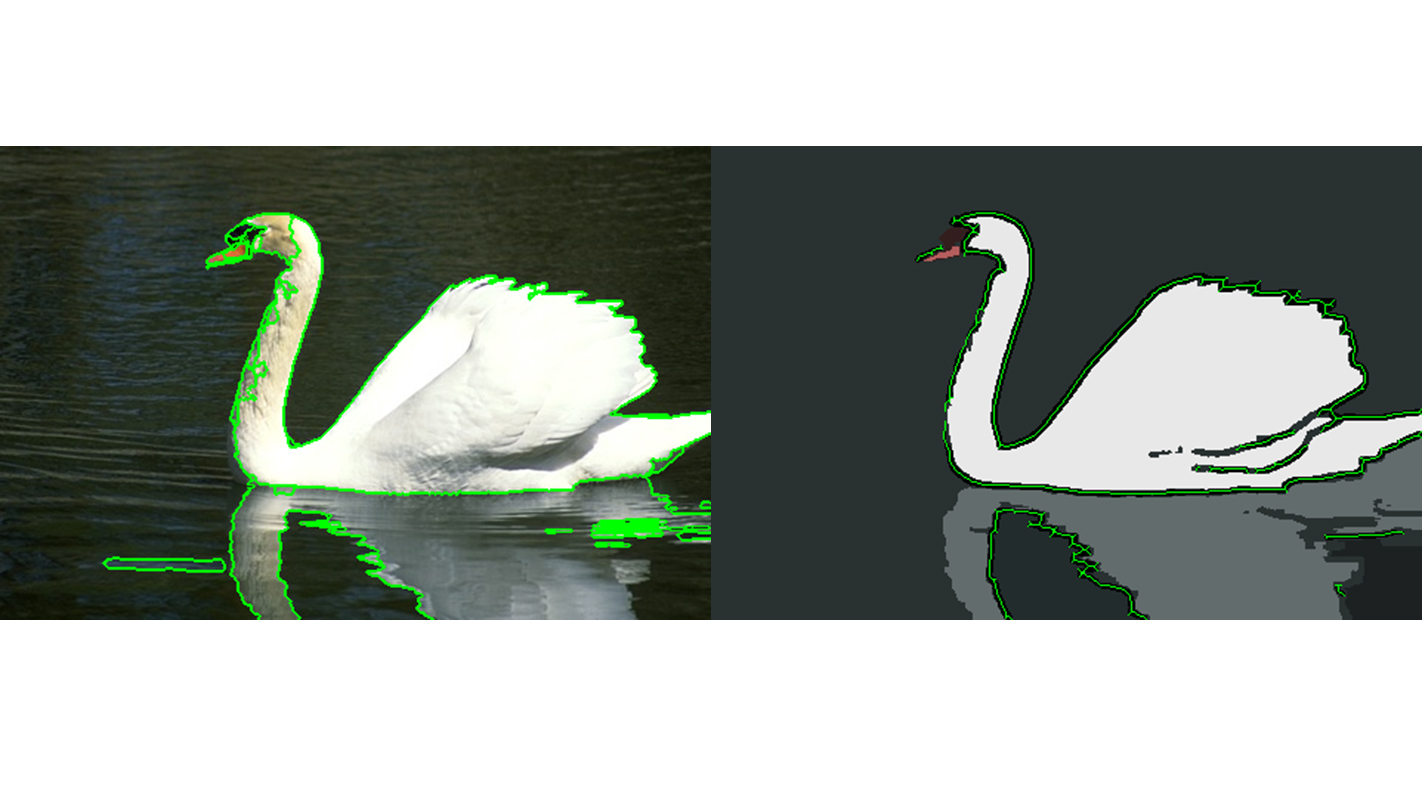
New Technique Improves Accuracy of Computer Vision Technologies
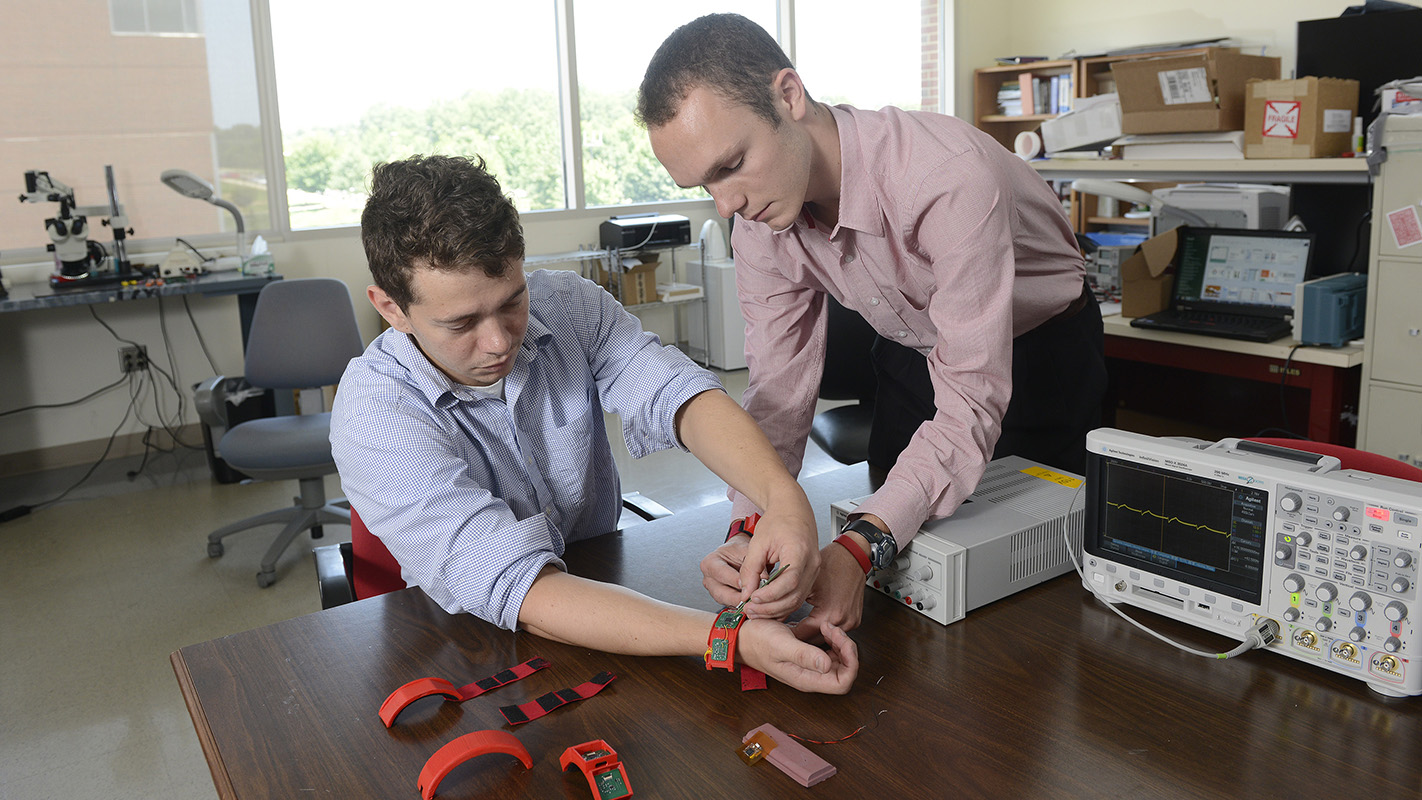
New Devices, Wearable System Aim to Predict, Prevent Asthma Attacks

New Techniques Make RFID Tags 25 Percent Smaller
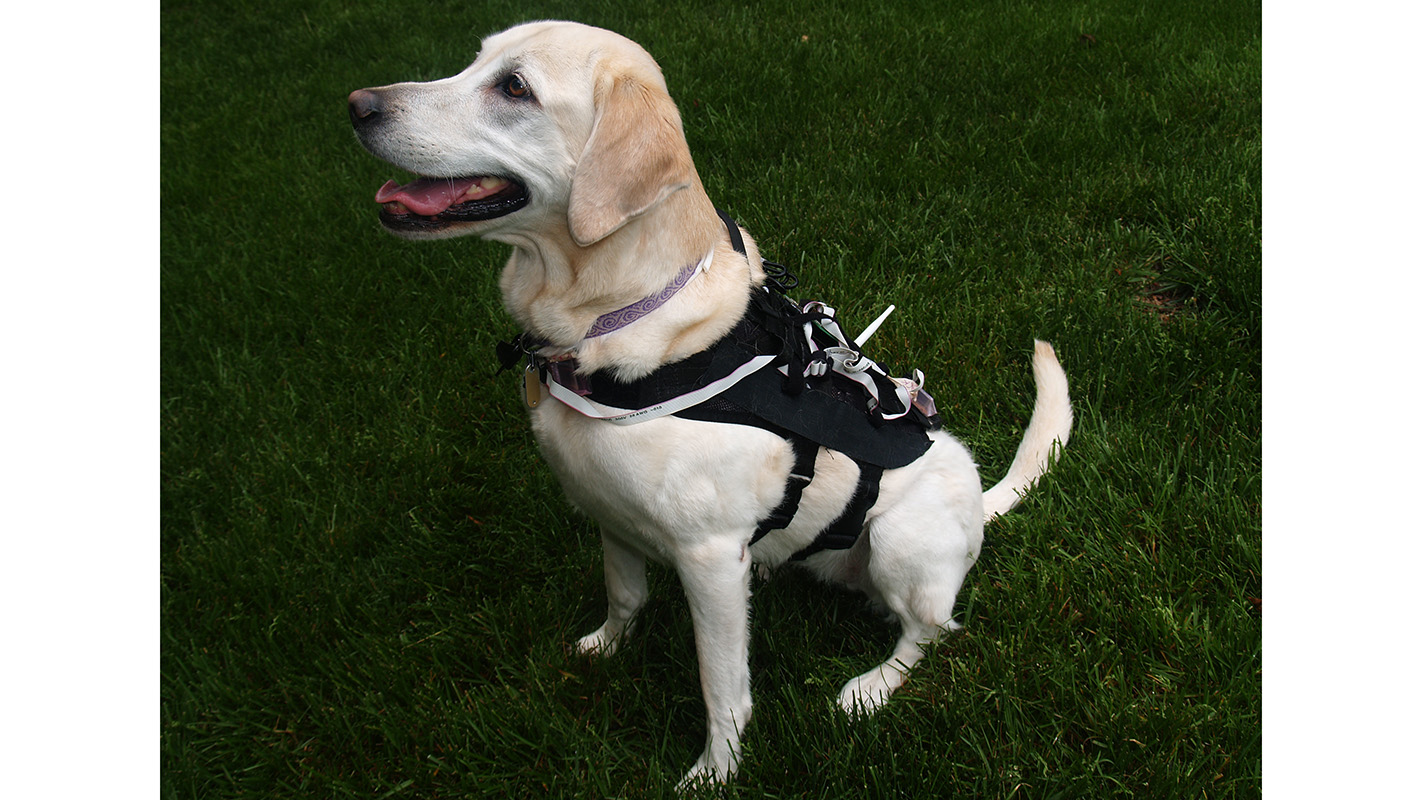
New Tech Uses Hardware, Software to Train Dogs More Efficiently

Model Makes Designing New Antennas Orders of Magnitude Faster
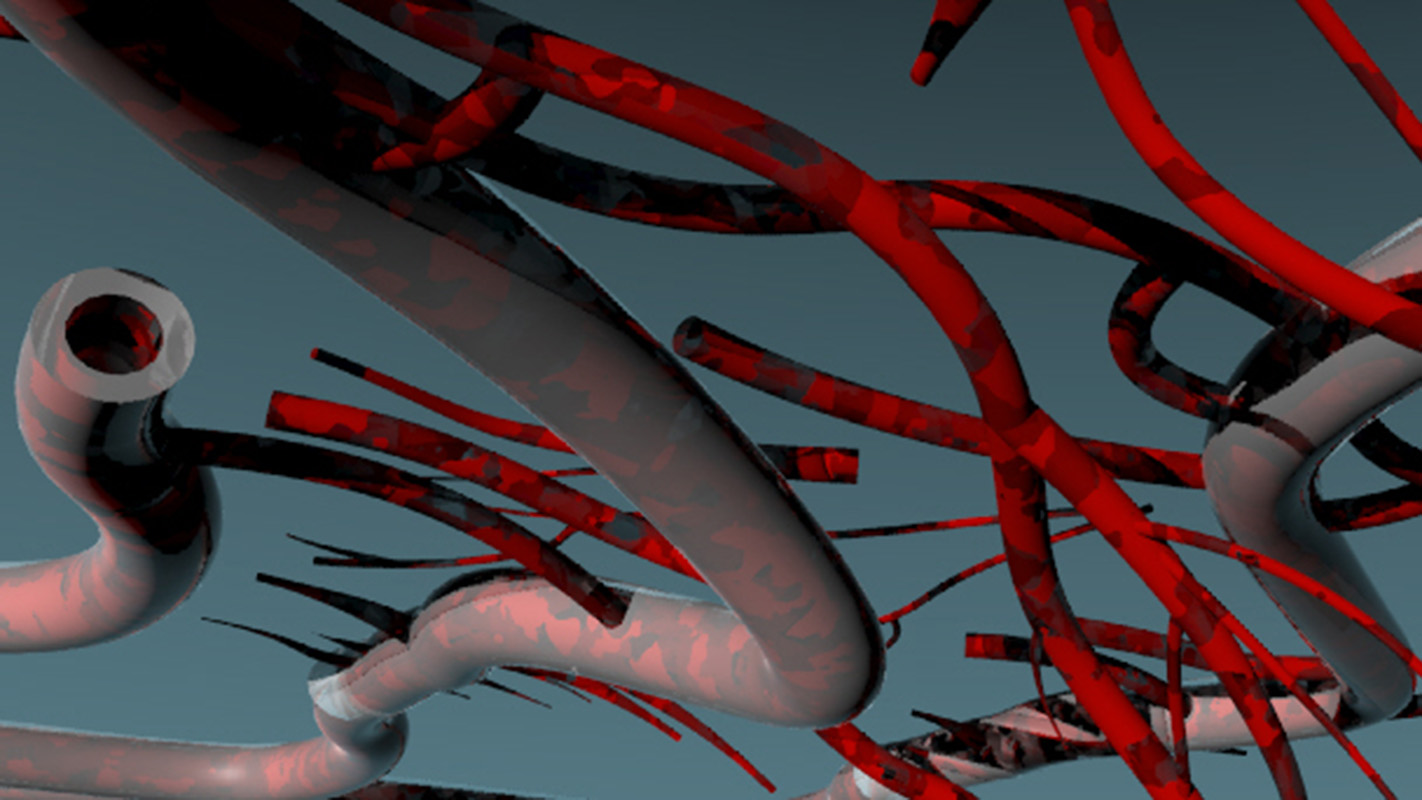
Recreating the Web of Blood Vessels That Keep Human Tissue Alive
